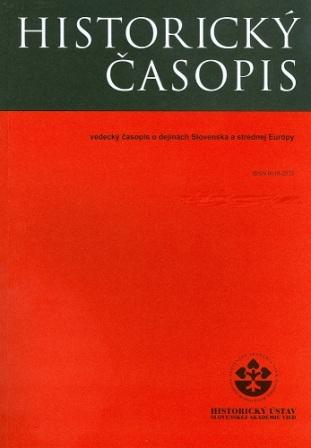Visitatio liminum of Hungarian bishops at the roman curia in the middle ages
Visitatio liminum of Hungarian bishops at the roman curia in the middle ages
Author(s): Vladimír Rábik, Zuzana LopatkováSubject(s): Christian Theology and Religion, Middle Ages, Politics and religion, 13th to 14th Centuries
Published by: Historický ústav SAV
Keywords: Middle Ages; The Kingdom of Hungary; Hungarian bishoprics; Apostolic Camera; Roman Curia; Visitations ad limina;
Summary/Abstract: The canonical institute of visitatio limina apostolorum played a significant role in the Middle Ages as a power and administrative instrument of the Roman Curia and, together with the institutions of papal legates and nuncios, represented the most important way of exercising papal authority outside the papal state. It evolved from the original pilgrimage of the clergy to the tombs of St. Peter and St. Paul in Rome as the most sacred Christian pilgrimage sites from the time of early Christianity, and later became obligatory. This obligation also applied to the Hungarian episcopate, which has been documented in the archives of the Roman Curia (especially in the archives of the Apostolic Camera) since the end of the 13th century. The intensity of Hungarian episcopal visits ad limina reflected the degree of authority of the Pope in the Kingdom of Hungary and thus also reflected the extent of the power influence of the Papal State on the political situation in the country.
Journal: Historický časopis
- Issue Year: 69/2021
- Issue No: 5
- Page Range: 785-814
- Page Count: 30
- Language: Slovak, English

